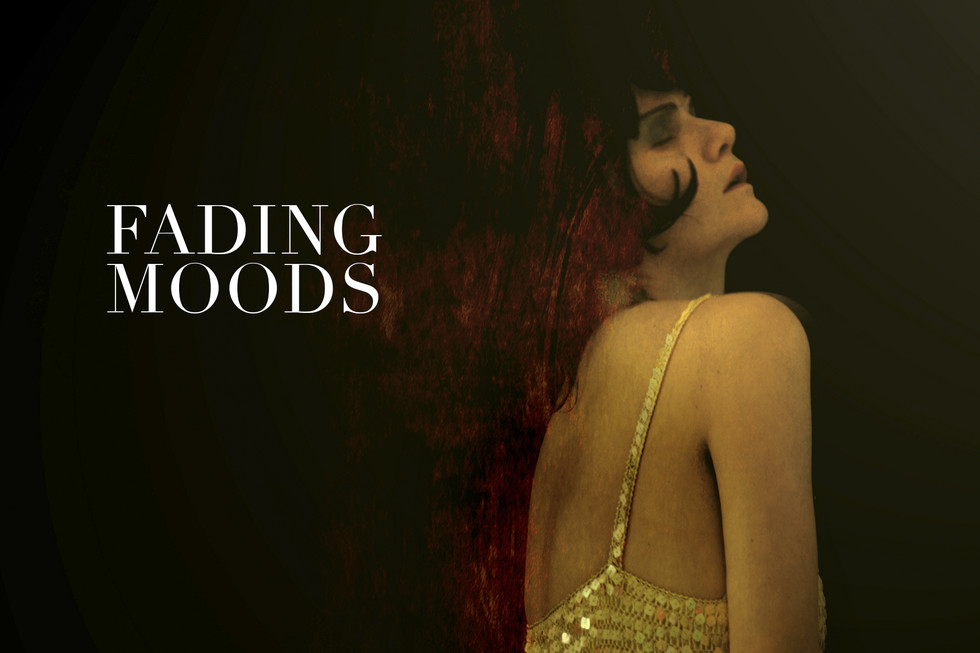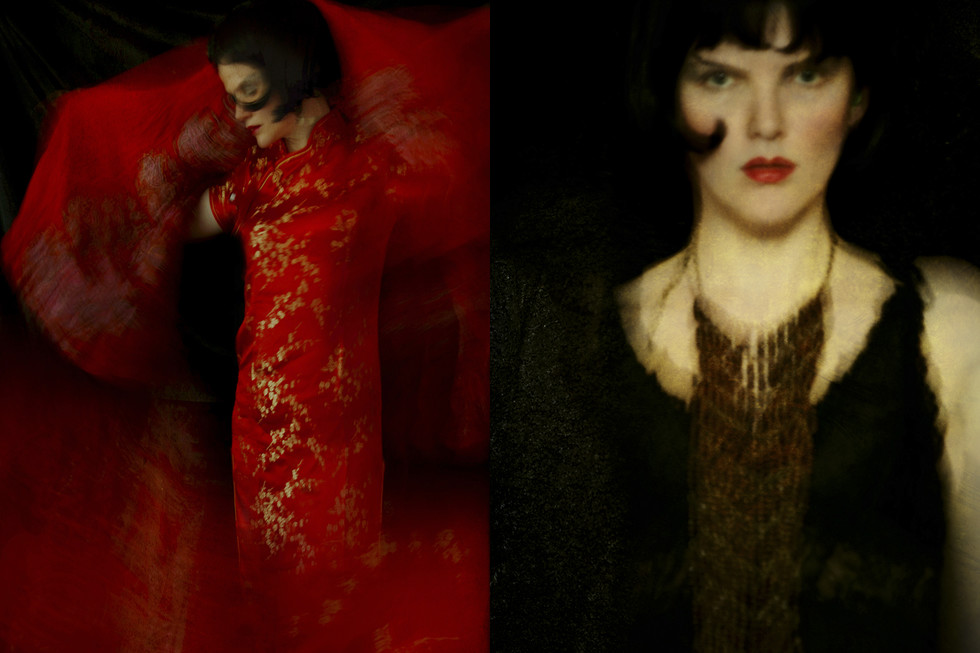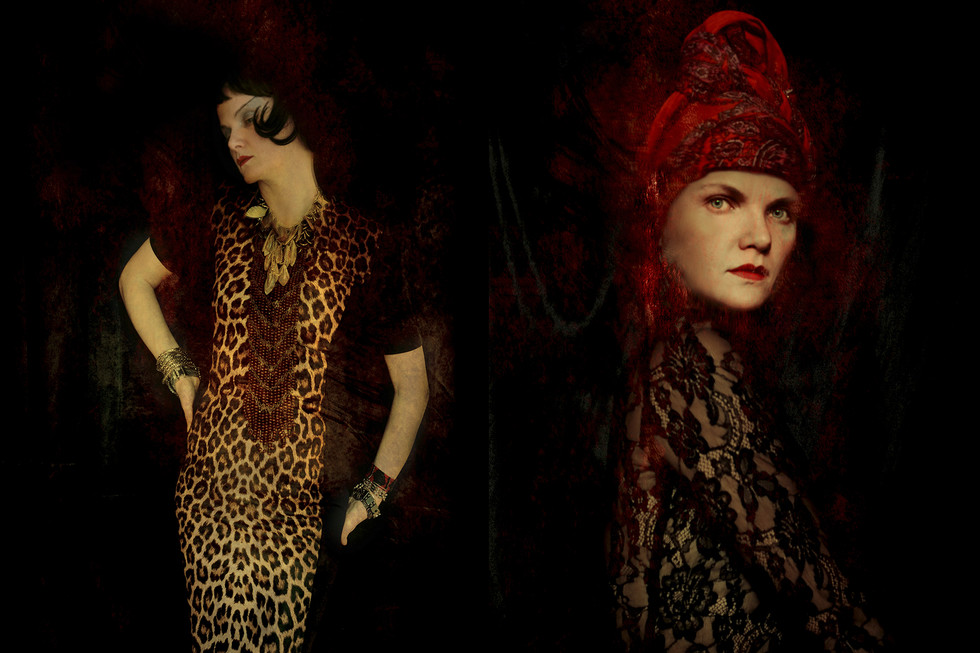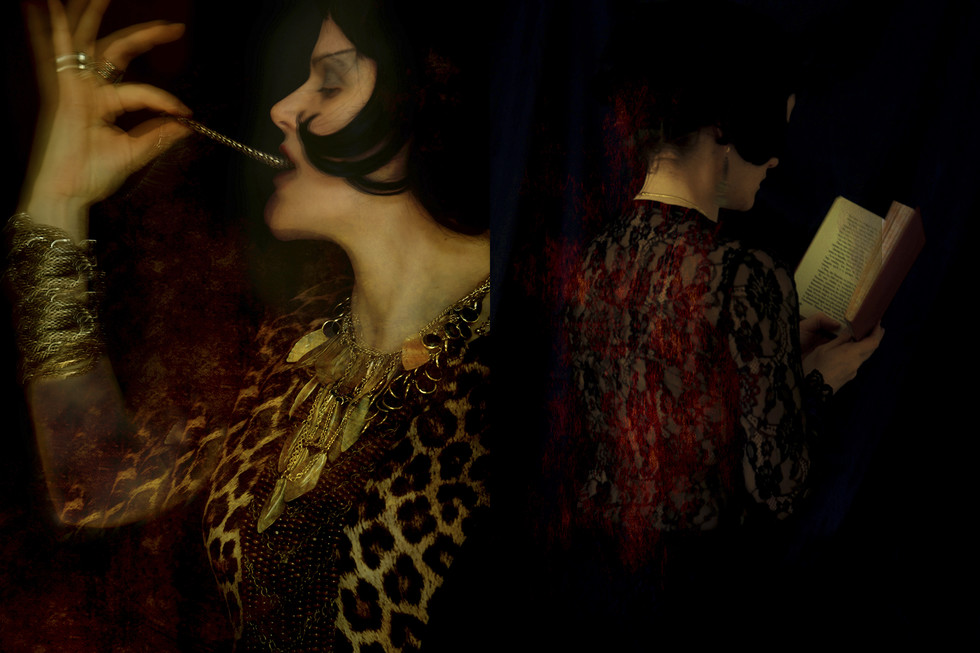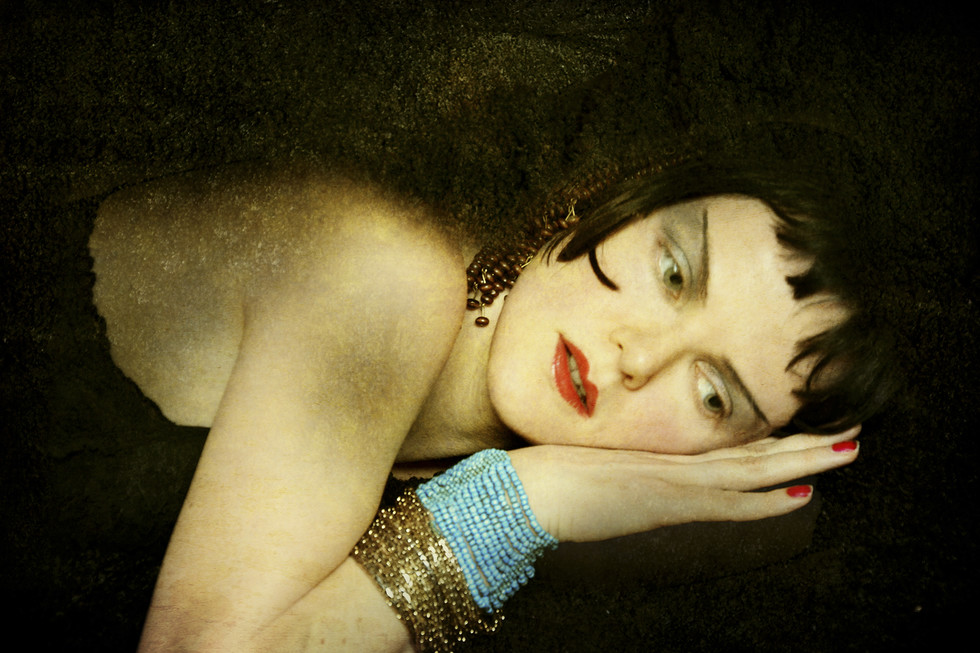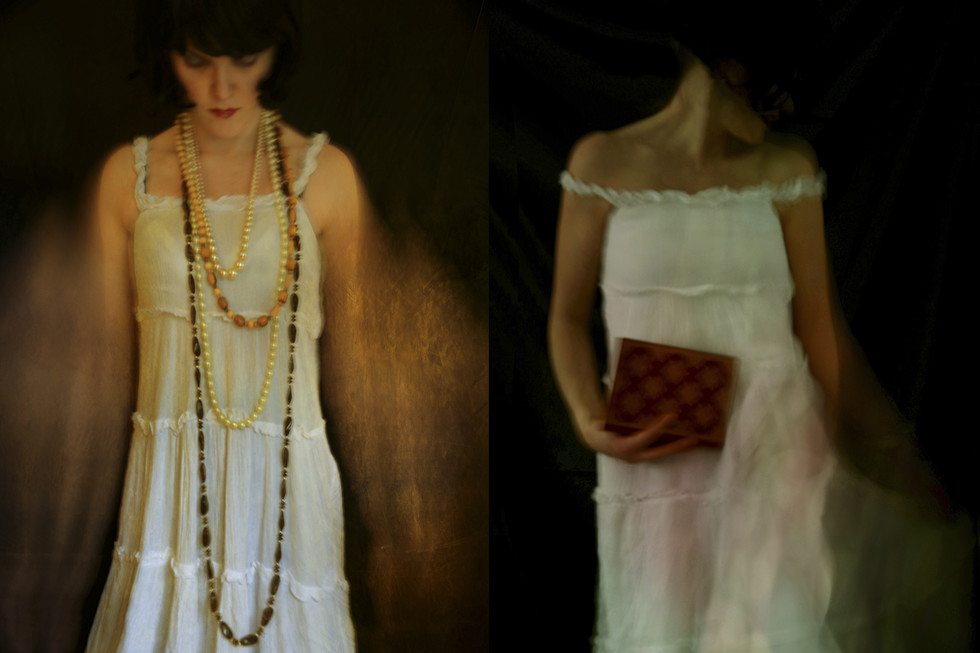An Interview with Lune
Written by Mari FlorerLune is really euphoric about her latest songs from her debut EP “Music and Sports” and she´s looking forward to her summer tour. She has been thinking a lot about her concerts and how she wants them to be. “I would like to tear down the wall between me and the audience” she says.
Linnéa Martinsson, the intelligent creative young woman behind Lune, was only 16 years old when she moved to Stockholm to become a dancer at the Royal Swedish Ballet School.
She explains that she hadn´t really danced so much before, so it was quite a rough period for her. “But my background in rhythmic gymnastics helped me a lot. I was used to exposing my body to tough training”, she says. “But at that time, the hardest thing was life in general; being a teenager, starting to take responsibility, constantly moving around looking for an apartment - growing up. I learned many things and I came away from that time a lot stronger”
After she graduated she moved to Brussels…”My friends lived there and it was the place where I wanted to be. It was the city where it all happened”, she says and explains that the Belgian capital is a European hotspot for dance and performance art. During the days, when her friends had left the apartment, she started to write lyrics and experiment with her voice. She recorded it and that was the beginning of her musical career.
So, you write music, have a wonderful singing voice – and you are a professional dancer. You have all the prerequisites needed to become big artist. Is music your biggest driving force?
Right now it is. The plan is that it would be a lifelong pleasurable dynamic project that I want to live with, side by side. If it’s going to be big or not, I can’t say.
I wonder… is Lune your own project or is it a collaboration?
… It’s mine because it’s my ideas. I write the lyrics and I sing, but there are a lot of creative talented people who join me and contribute with their thing. It’s important to emphasize that they are independent and do their thing, even if it´s in my project. Uncompromising cooperation, I should say. My friends are dancers and artists and we exchange services with one another. ‘If you help me in my project you can use my help later in yours’. I depend upon other awesome people for this project to come true.
Two of those talented “awesome people” you mention are Adrian Lux (producer, dj) and Carl-Michael Herlöfsson (composer, producer). How do they contribute? And what do you do by yourself?
We all work together. I come up with the embryo. Adrian with his dance music skills and Carl-Michael has a long experience from the music business and contributes with great ideas. Then we sew it all together.
So, how would you describe the album to anyone who has not heard your music before?
Music and Sports is my first project made as a cohesive concept and that you can get a whole impression of. It’s darker than my early songs, but not too heavy.
It has some type of hip hop groove and there is a clubby feeling in it. It is danceable.
I like to think of situations or moods when I describe music. And when it comes to “Music and Sports” I think of night, driving a car and exercising.
You remind me of Björk. Is there anyone who told you that before?
I’ve heard that before. I think it’s because I look like her. If you listen to the music you hear that we do not have much in common.
Except that you are both independent arty women who make conceptual stuff?
Yes, but there are many artists who work that way - even guys.
I read somewhere that when you create music, you think in pictures. Is this visualizing also important when it comes to styling?
Yes, really really important. I like to have a full concept when I write, sing or dance. My concept is to combine different specific components that have a clear personal profile and to combine it with other items from different worlds. For example - something sporty with something else to make it crazy or totally incomprehensible. I can wear boxing shorts, an exclusive coat and something made in China, a New York cap and boots. I like when individual things are put together into something new.
Do you consider yourself as a trendy person?
Maybe, I want to achieve some kind of magic with clothes, pictures and ideas, she says and points to her sticky diamonds that are glued between the eyebrows.
Do you have a good self-esteem?
Hmm, yes, I suppose so. Or it has to be that way, I guess.
You don’t care about what others think?
No, certainly not. Everything is too exciting to be anxious about. Desire drives me. It’s really sad to think about what other people think.
Can you name someone who you think has a great style?
I think that many people dress well. God how difficult! I’m not too familiar with the fashion world. I’m not looking actively for fashion, but I like clothes that stand out and convey something new. It doesn’t need not be new garments, just something that wakes me up and catches my thought.
If I look at a fashion magazine I fall for things that stand out or are brave. The things that question the ordinary. I have to say the performance artist Mårten Spångberg, he is really inspiring.
I heard you are a fighter. Is that true?
Yes
Are you good?
Yes, I am. I’ve been training Thai boxing for almost two years. I have had two boxing matches and I really love it. I have longed to play sports again and I’ve found a sport that feels really interesting. I’m good, but can always get better and develop my techniques. I am dying for more matches. I prefer to practice every day because it’s so fun.
Have you got a black eye yet?
Yes, I get one often. Always bruises. I take a lot of beating.
But it’s fun anyway?
Yes, it’s like it’s worth it. It takes me down to earth. Whenever I leave the gym and I have received a lot of beating, I think: Life, this is the way it is.
I can’t be anywhere but in the moment when I practice Thai boxing. It’s worth every hit. My body hurts almost all the time, but it becomes very smooth and tight. I really recommend people try it.
Art seems to be important to you. Is it performance art which is your main interest, or is it art in general?
Actually, art in general. But the performing art is really something I am passionate about. It’s a bit like playing live - being in the moment or in a situation with others is unbeatable in any way.
It’s a bit the same as being in a match. I can just be there and nowhere else. Such situations are life, I think. All live art is very exciting and important.
In what way is it important?
I feel that when I stand on stage with a large or small group of people I cannot hide anything. You can only be completely honest. It picks up at least my big feelings. It’s a challenge.
Are you going on tour soon?
I will probably start playing this summer (2013) and then we will see what happens. I think I want to play a lot live. Right now we are working on how Lune should look like live. What I’m thinking about is: Where should I play? Should it be on a club stage or in a gymnasium? Should we be the band that we were last summer, or will it just be me. When I have sorted those things out, I just want to go out and sing.
You have previously done concerts at peoples home?
Yes, it was exciting. It was over one year ago. Carl-Michael Herlöfsson and I got the idea that maybe we could play with friends at their home to practice. It was very interesting because what we noticed was happening, was that the person who invited us took responsibility for the performance as well. It became more equal. It was also exciting to see which places we ended up at. The message spread rapidly and very soon we were playing with people we didn’t know.
It sounds like a pretty good PR-campaign?
Yes, it became a hot topic and everyone wanted to participate. It was both difficult and challenging but super nice.
This will take you closer to performance art?
Yes, indeed, she says, smiling.
So, what are your plans for today?
Right now I’m going to work with a choreographer named Robin Jonsson. It’s a Zombieproject. We are studying zombies right now and explore the figure. It’s so trite, the monster is so damn weird and interesting at the same time. We always start with a physics pass and runs for 20 minutes and then we have a 40 minutes ass workout. We want tight asses for the summer and run hard training.
You do not have a spare moment, do you?
No, chilling can be done later.












